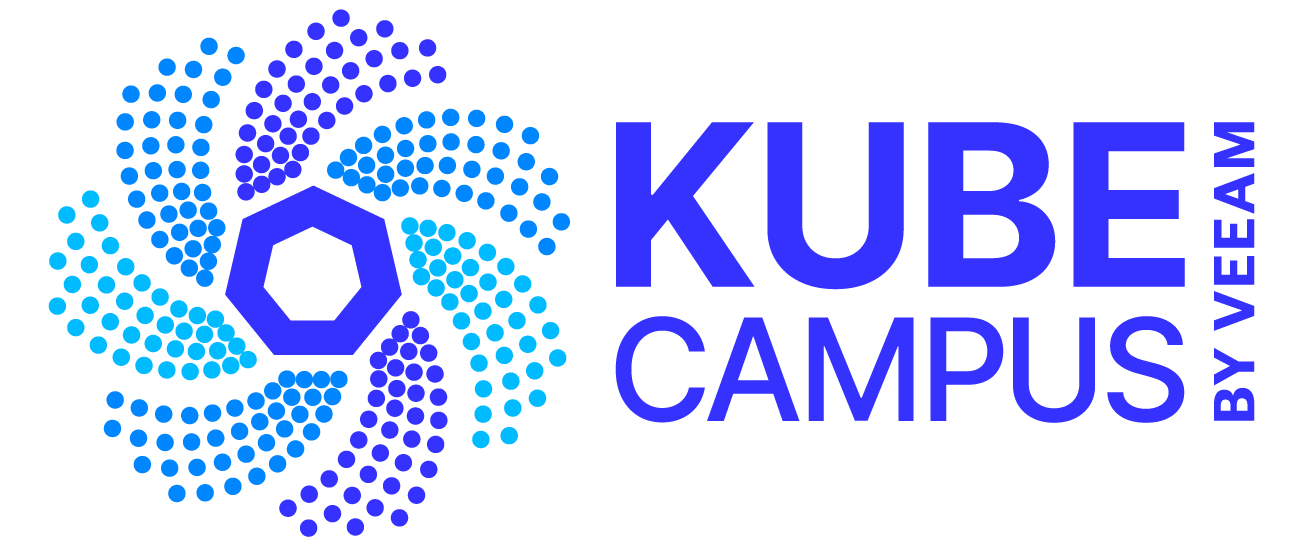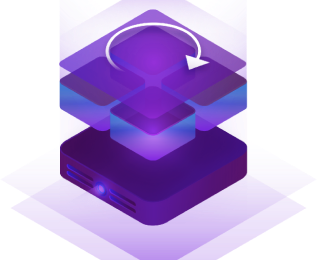This course covers how to successfully back up and protect application data in Kubernetes.
Many users from the virtualization world come to Kubernetes assuming that backup and data retention for applications is exactly the same as for legacy environments. Nothing could be further from the truth! While Kubernetes provides high-availability parameters for containers, applications can only fully recover after a disaster scenario if the underlying data can also be secured and successfully restored, while being protected from corruption or loss. All application and cluster control data must be successfully backed up.
As such, the Kubernetes platform is fundamentally different from all earlier compute infrastructures. It uses its own placement policy to distribute application components. Containers can be dynamically rescheduled or scaled. New application components can be added or removed at any time. A data management solution for Kubernetes needs to understand this cloud-native architectural pattern, be able to work with a lack of IP address stability, and deal with continuous change.
This lab will also introduce Kasten K10, the number one backup and disaster recovery solution for Kubernetes, as part of the hands-on activity. Kasten K10 was purpose-built for Kubernetes and provides enterprise operations teams with an easy-to-use, scalable and secure system for backup/restore, disaster recovery and mobility of Kubernetes applications.
Is there pre-work for the lab?
Yes. Be sure to complete reading and studying this blog, the video description of the work to be performed during the lab, and the accompanying slides.
What is the structure of the lab?
The lab consists of two sections, both of which are approximately 40 minutes long. Your time may vary, depending on how quickly you pass either section.
Section 1 — Backup Fundamentals
This section will cover background topics and terminology regarding application backup in Kubernetes. Each topic will have some review material first, then pose a challenge question. You must answer the question correctly to proceed to the next section. You’ll learn:
- Why backup in Kubernetes has unique requirements
- A step-by-step backup procedure
- Getting security right
- Reviewing the risks in the process
- Tips, tricks and gotchas
Section 2 — Hands-on Practice – Back up an Application
In this section, we will introduce Kasten K10. K10 capabilities include:
- Easy backup/restore for your entire application stack to make it easy to “reset” your application to a good known state
- Disaster recovery of your applications in another cluster, region or cloud
- Application portability across unfederated clusters in a secure and scalable manner
Specific exercises covered in the lab include:
- Deploying Kasten K10
- How to backup and protect data for MySQL
- An example failure scenario
- Deleting data
- Recovering Kasten K10
At the end of this lab, you will be familiar with end-to-end backup and recovery of data in Kubernetes.


